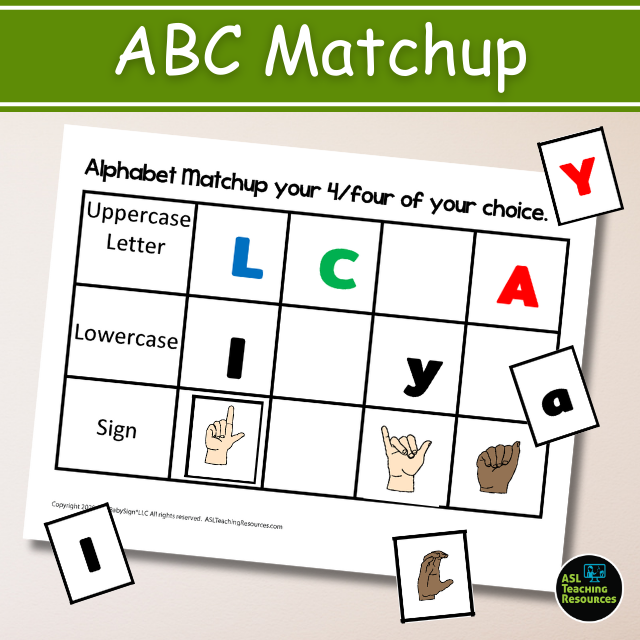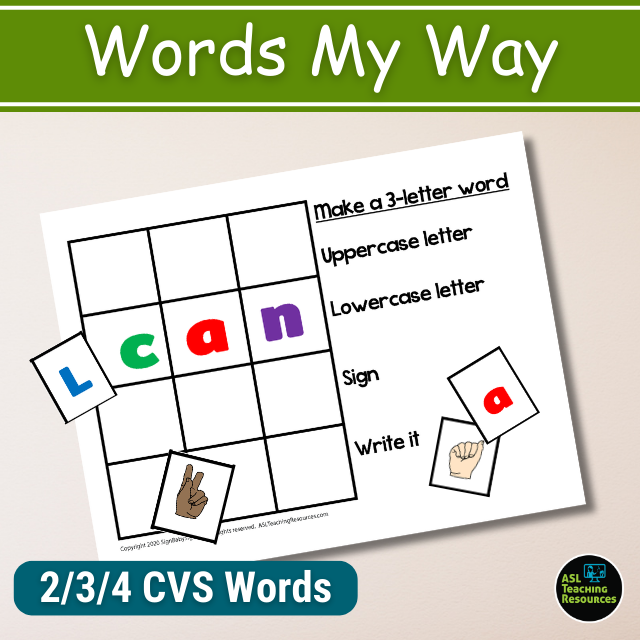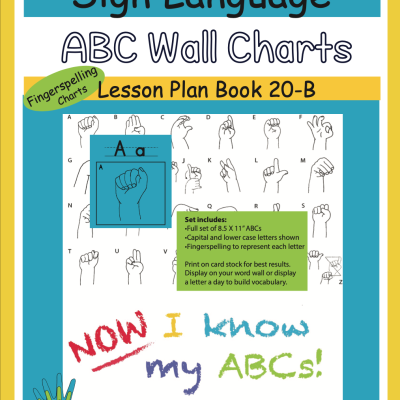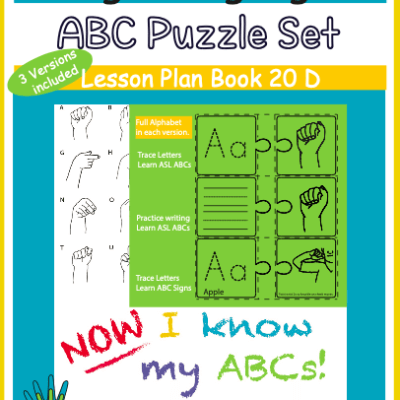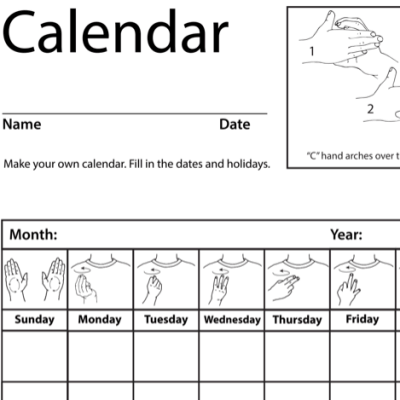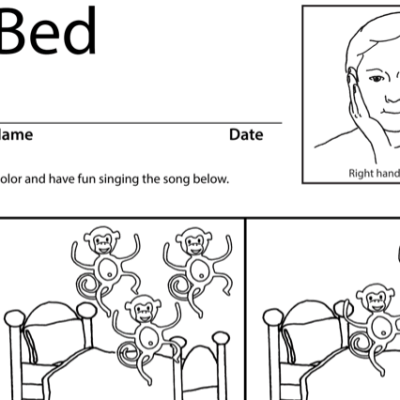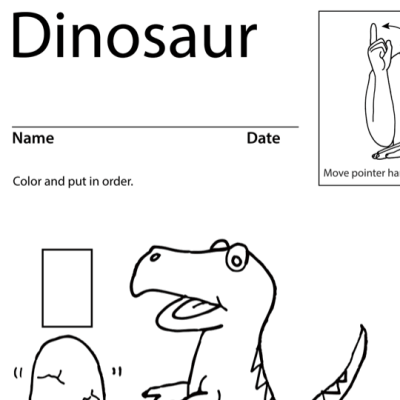Description
In the world of learning, where each child’s unique style shines, one innovative tool stands out to foster letter recognition, motor skills, and a bridge to communication. The ABC Matchup Spelling Practice Activity is a captivating journey that builds fundamental literacy skills and opens the door to the enriching realm of American Sign Language (ASL). This activity transcends traditional methods, caters to diverse learning styles, and harnesses the benefits of incorporating sign language, resulting in a holistic approach to early education.
ABC Matchup Spelling
Practice Activity
- Activity Boards
- 3 Alphabet matching
- I know my name
- Spell, match, write
- Mats for 3 – 9 letter names
- Word Builders
- Spell, match, sign, write
- Mats for 2, 3, 4 letter words
- Lesson plan directions and ideas
I’m included in the Classroom Sign Language Bundle!
Exploring the Spelling Activities
Lesson Plan Book: ABC Matchup provides a comprehensive selection of interactive activities that engage youngsters in a multi-faceted learning experience. These activities include the following:
- Letter Matching: Children grasp the foundational concept of letter forms by pairing lowercase letters with their uppercase counterparts and signs. This essential recognition lays the groundwork for reading and writing proficiency.
- Sign Language Integration: The activity goes beyond the conventional and introduces children to the beauty of ASL. Matching ABC signs to letters bolsters letter recognition and introduces them to a visual and tactile mode of communication, enhancing their cognitive flexibility.
- Spelling First and Last Names: Personalized learning takes center stage as children practice spelling their names. This individualized approach sparks a sense of ownership and motivation in the learning process.
- Building Words: From crafting two-letter words to constructing longer words ( up to 9 letters), the activity delves into the world of language construction. This step-by-step progression allows children to experiment with letter combinations, fostering creativity and linguistic exploration.
- Fine Motor Development: Children’s fine motor skills are honed by manipulating cards and interacting with different textures. These motor skills are critical for tasks beyond language acquisition, making this activity a valuable tool in overall development.
- Writing Skills: Integrating writing with other activities nurtures handwriting skills. Forming letters reinforces memory retention, eventually leading to confident and legible writing.
Sign Language Enriches the Learning Experience:
- Enhanced Cognitive Abilities: Exposure to sign language stimulates visual-spatial awareness and memory, fostering cognitive growth and adaptability.
- Communication Bridge: ASL provides an alternate means of communication, benefiting children with speech difficulties or hearing impairments. It cultivates empathy and understanding among children, promoting an inclusive environment.
- Multisensory Learning: Incorporating sign language engages multiple senses, reinforcing letter recognition and retention through auditory, visual, and kinesthetic channels.
- Cultural Appreciation: Learning ASL introduces children to diverse cultures and promotes respect for linguistic diversity, nurturing their global awareness.
Each child’s learning journey is unique. By incorporating various modalities – visual, auditory, kinesthetic –, this activity ensures that no child is left behind. It meets children where they are, allowing them to learn through methods that resonate with their individual preferences.
Common Core Standards:
CCSS.ELA-LITERACY.L.K.1.A
👉 Additional Resources 👈🏼
Learn to sign ASL Alphabet here.
Collect More Classroom Decor here!
ASL in the Classroom Blogs here.
Sign Language Books on Amazon here.
Subscribe to our YouTube channel.
🍎 Sign Language in the Classroom: Quick Guide here.
Love this product? Learn how to get this free!


